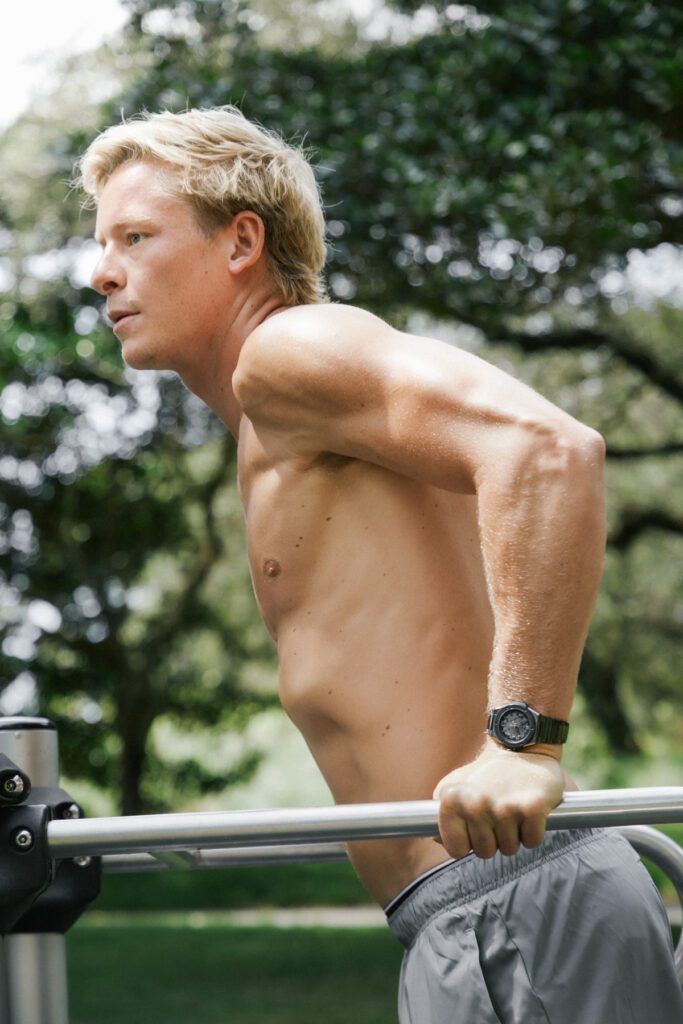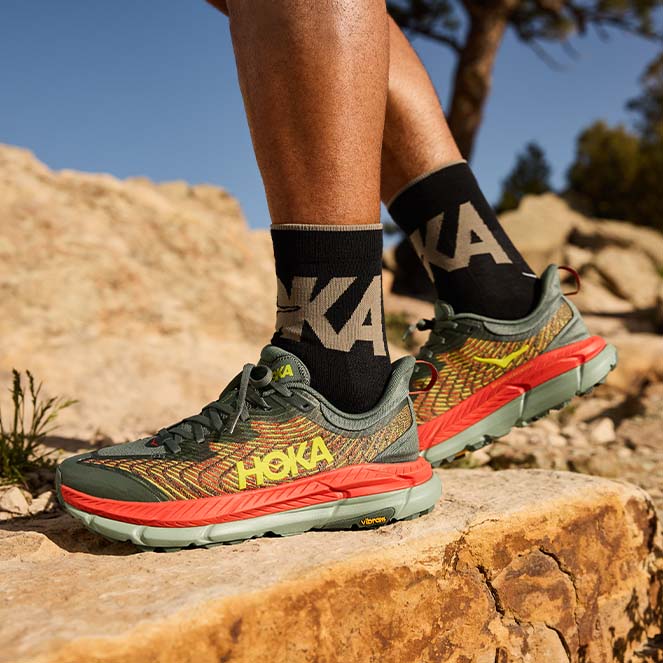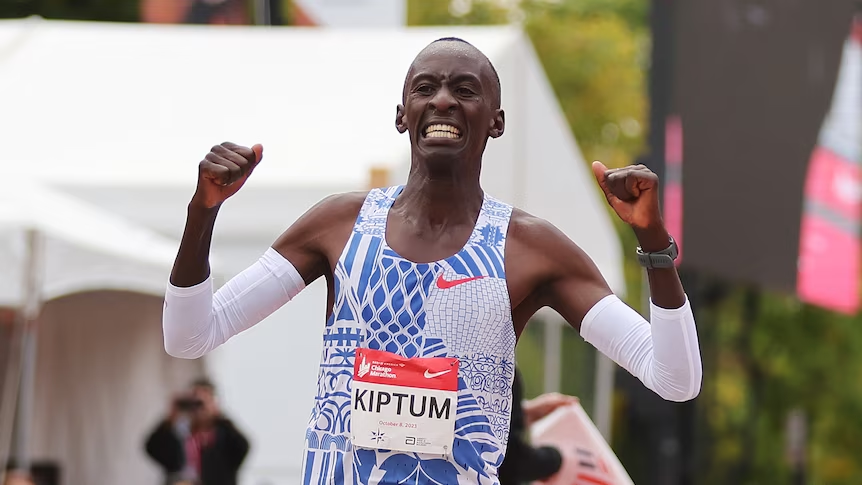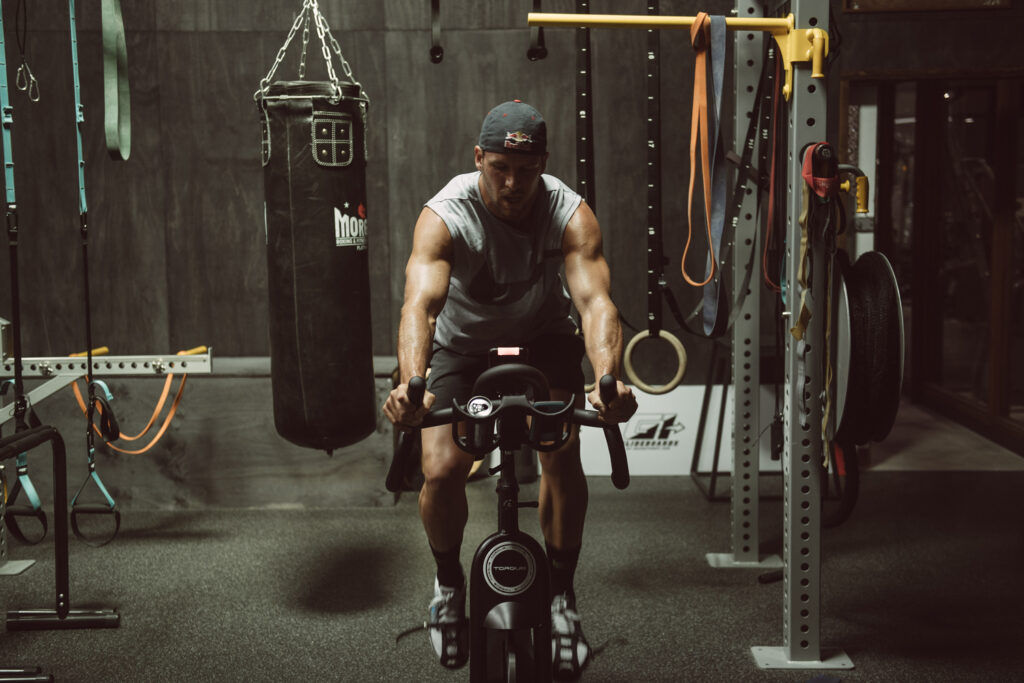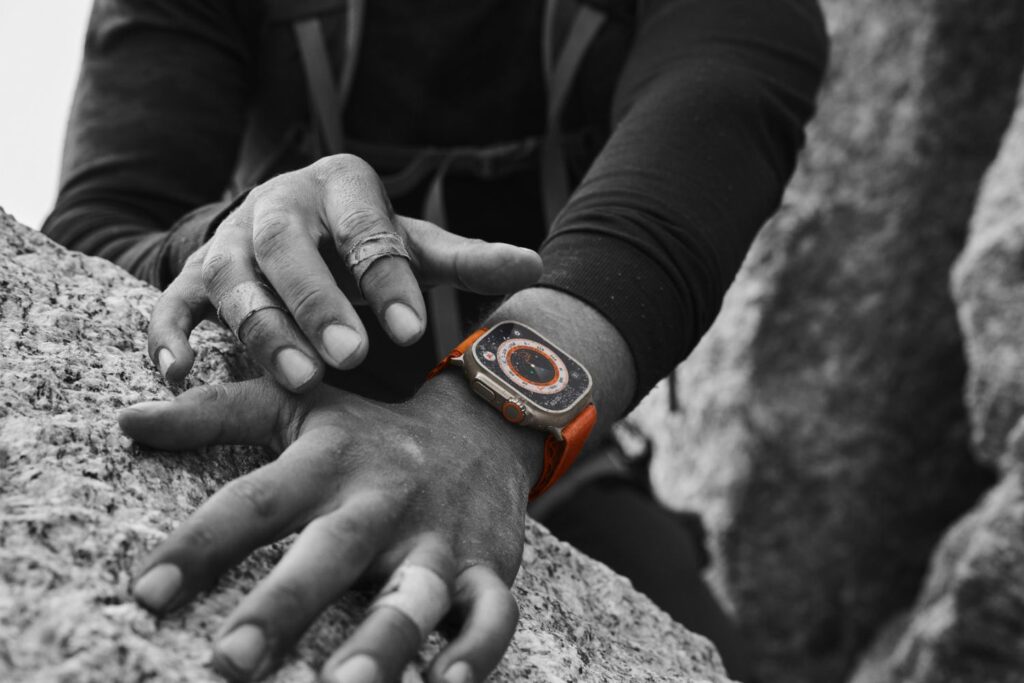The conditions for the Tokyo 2020 Olympic marathon were brutal. Even with its early start, temperatures climbed quickly to above 30 degrees, and the humidity was so severe that even the world’s top contenders dropped out of the race, their bodies shutting down in protest (of the 106 starts, 30 DNF). Still, the runners took off and while you have to applaud all those who finished, it was Kenya’s Eliud Kipchoge who stole the show. With his efficient style and seemingly inability to tire, Kipchoge blitzed the field to finish in a time of 2:08.38, securing a gold medal after his previous Olympic gold in 2016 at the Rio Games.
When Kipchoge crossed the line, he hardly seemed out of breath. Compared to the other runners who finished with a stiff-legged stagger and were promptly wheeled off course and placed precariously in ice baths while wrapped in space blankets, Kipchoge thumped his chest and looked like he could do another marathon just to cool down. Speaking to the press after the race, Kipchoge said: “I think I have fulfilled the legacy by winning the marathon for the second time, back to back. I hope now to help inspire the next generation.”
But while Kipchoge has become a legend of the sport and certainly a global face for running, his training is one based on consistency and discipline. With his training team based in Kenya, he trains in Kaptagat in the Rift Valley, a high-altitude camp that prides itself on simple, focused and hard work. The camp houses around 30 athletes who reside in the housing quarters for at least five days every week. There’s a main building, basic dormitories, a kitchen, dining area and small TV along with a physio room. After his runs, Kipchoge tends to the garden and does other landscaping duties. These are not the quarters you’d expect of the world’s biggest marathon star, but instead reflects the monk-like existence Kipchoge lives in pursuit of his dreams.
As for his weekly training, there’s a lot of running – as you’d expect. Coached and mentored by Patrick Sang, Kipchoge’s workout routine often involves a morning and afternoon workout spread across five to six days. It’s believed he does one long run a week, averaging 30-40km. There are several slow runs, the focus simply on building an aerobic base and recovering from harder efforts. The week also features two core sessions, one strength and conditioning workout daily, along with one or two fartlek sessions or intervals on the track.
In a documentary, Sang noted: “The long run, we do once every two weeks. The idea is to alternate. [if] the last one we did on a hilly course, this time is fairly medium.” Kipchoge also explained, “Long run is crucial for me…It tells my body that you need to run that long.” He added, “The more I do the long run, the more actually my body responds to running for a very long time and for performing in a race.”
The importance of the core training and strength sessions also can’t be underestimated. As Kipchoge’s physiotherapist Peter Nduhiu said, “Besides the training program that he does, there are two exercise [core] sessions that he does twice a week, one hour each. Give Eliud the exercise, he will do it as is. Even if it is tough. When other guys try to complain he says, ‘no…let’s do it!’”










